How Long Do Sony TVs Last? Lifespan Revealed
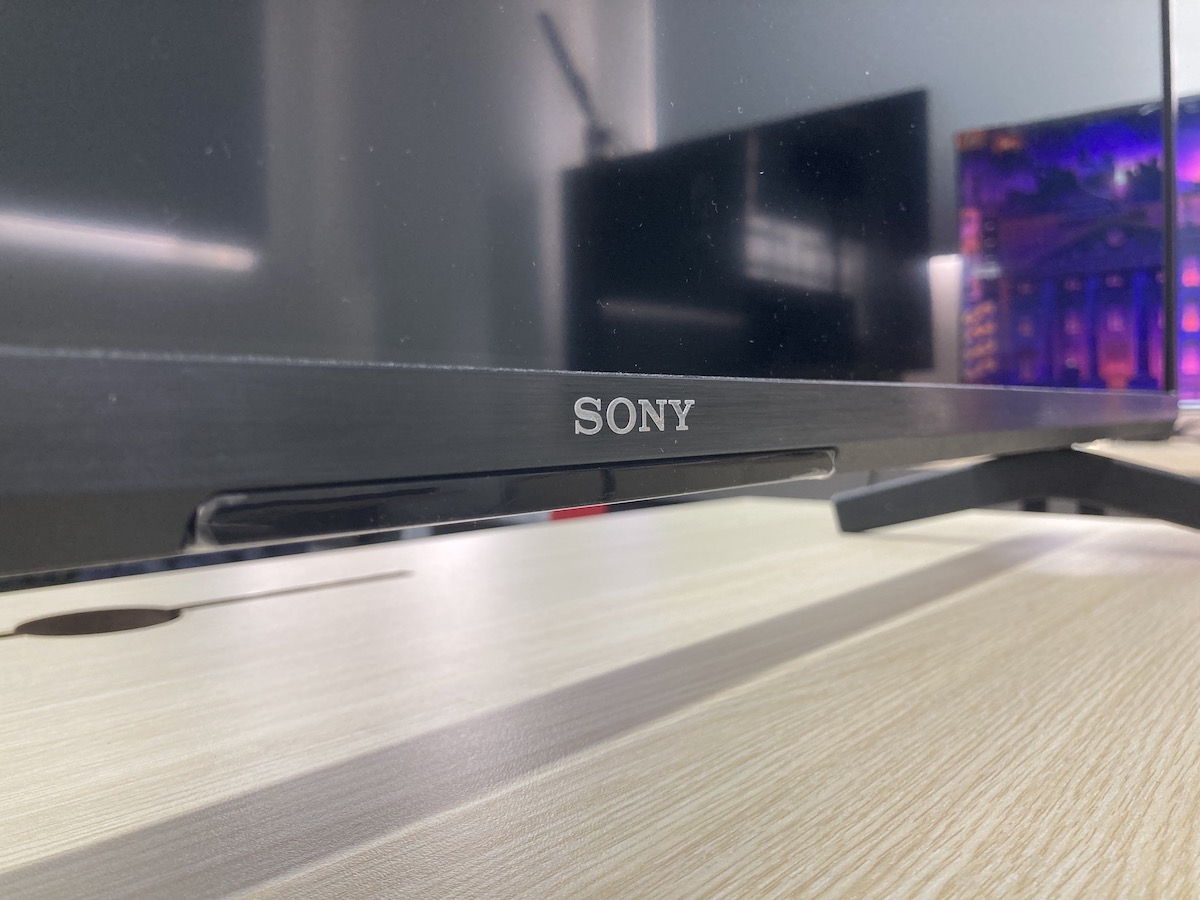
What To Know
- Sony TVs are built with high-quality components inside and out, promising durability, but their lifespan can be significantly affected by usage habits and conditions.
- With proper care, such as regular dusting, moderate brightness settings, and adequate ventilation, a Sony TV can last around a decade, though in commercial settings with constant use, the lifespan may be less than five years.
- The first component likely to show signs of wear in a Sony TV is the display, with issues like reduced brightness and pixel failure emerging after years of use.
Are you wondering how long Sony TVs last compared to the sturdy CRTs of the past?
Let’s dive into our guide to understand the lifespan of modern Sony televisions, learn what affects their longevity, and discover how to maximize your investment in cutting-edge entertainment.
Quick Navigation
How Long Should I Expect My Sony TV to Last?
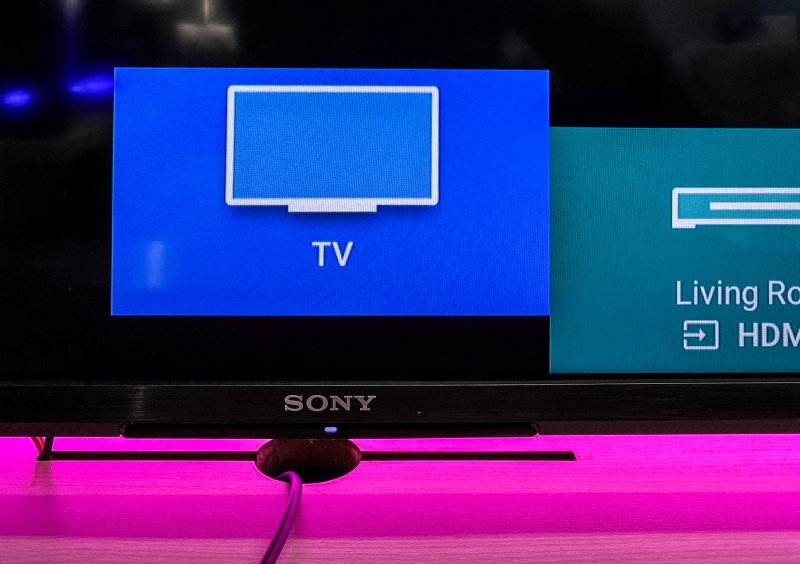
It’s hard to put a number since there are just too many variables at play to come up with a definite lifespan.
Usage scenarios, the actual model of the TV, and the display are aspects that determine your Sony or any other TV’s longevity. Since those vary, you cannot categorically put down a proper period of actual use.
With that said, if used properly or not run for hours every day, your Sony TV should last for about a decade. It may last even more than ten years, but then the TV would start to look outdated and exhibit a significant performance dip.
If used in a commercial setup where TVs run almost non-stop at the maximum brightness, expect less than five years of lifespan. Again, these are very crude numbers.
Things You Could Do To Lengthen a Sony TV’s Lifespan
The below measures will help a Sony or another TV brand last longer:
- Dust off the set regularly—once every other day or at least weekly. Dust on the TV’s body may seem harmless at first. But once it slides through the vents or openings into the TV, it could clog the components, causing them to overheat and considerably reduce the TV’s lifespan.
- Keep the brightness at medium levels. An excessively bright panel hurts your eyes and also the TV’s backlight. Use maximum brightness only when visibility is an issue, or you have reflection concerns. Even then, don’t keep the shine high throughout. Look for ways to cut out the ambient lights.
- Mount the television, mainly if the TV is vulnerable to accidental knocks and hits by kids and pets.
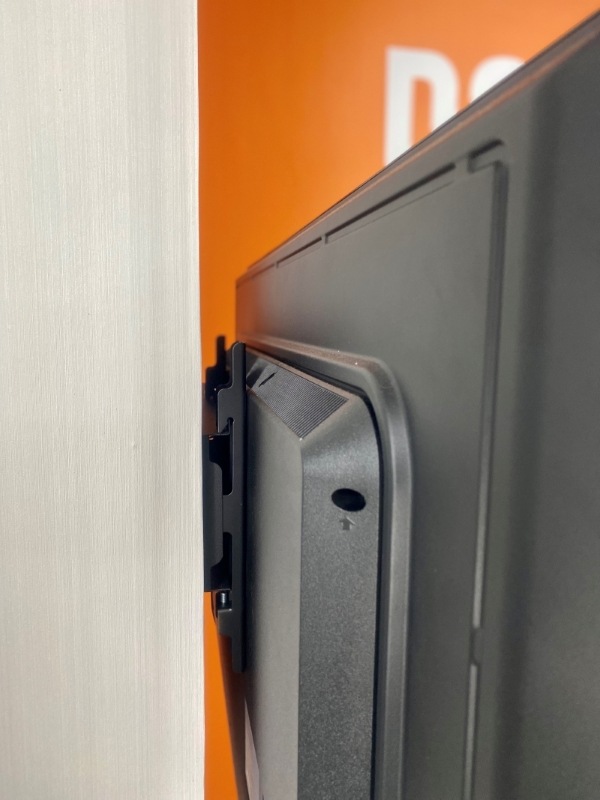
- Ensure the TV is not too close to the wall when mounted or placed on a table. A gap of at least two inches is recommended so air can pass through.
- Use a voltage stabilizer or regulator if your place has power surge issues. A steep power surge can hamper your Sony TV beyond repair. Although your Sony TV has a wide voltage range, a voltage regulator is a good damage-prevention tool.
What Is the First Thing To Likely Go Bad in Your Sony TV?
The first sign of aging in a Sony TV is usually visible in its display.
After a considerable period of use, the panel may not be as bright as it used to be during its initial years. Also, some pixels could go bust after years of doing their duties.
![]()
If overheating issues occur due to improper ventilation or excessive use, expect the display and the backlight to break down quicker than usual.
Display Particulars
Regarding the actual display type, IPS-LCD panels tend to last longer than most. Although OLED panels have excellent longevity, too, they could trail IPS panels a bit in the endurance department.
An LCD panel is good for about 60,000 hours. If the only thing that could break in your Sony TV was its display, then an average of four to six hours of everyday TV use would translate to more than 20 years of life.
Besides the actual display kind, other things that can impact the display lifespan include its native resolution, refresh rate, peak brightness, etc.
For instance, an FHD panel would last longer than a 4K display because it would likely not do HDR, and, as a result, its brightness capabilities may not be as high as the 4K panel.
Other TV Brands Longevity
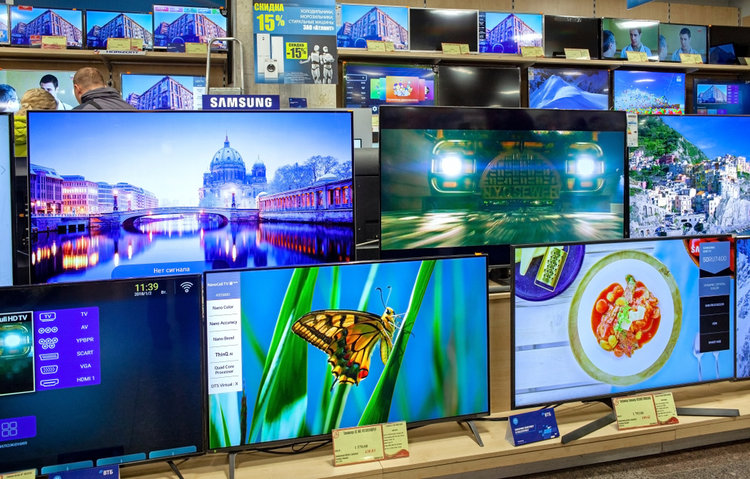
Other TV brands like Samsung and LG are Sony’s equal competition. Therefore, expect them to last as long as your Sony TV does. There could be a discrepancy of a year or two depending on the various factors specific to the TV and individual usage patterns.
With second-tier brands (without naming names) or the 4K 55-inch TVs that sell for almost half the price of a Sony 4K TV of the same size, expect lesser usable life.
Those inexpensive TVs may look attractive on paper, but the execution part could be sub-par, usually manifesting after a few years of use. Again, depending on the way you use and maintain your TV, the lifespan can vary.
Another thing to consider with TVs is spares availability. Since Sony, Samsung, and LG are established brands, finding parts for their TVs would likely be easy. The same cannot be said for the lesser-known brands.
But because repairing a modern smart TV could turn out costly, not being able to fix a TV could be a blessing in disguise.
FAQs
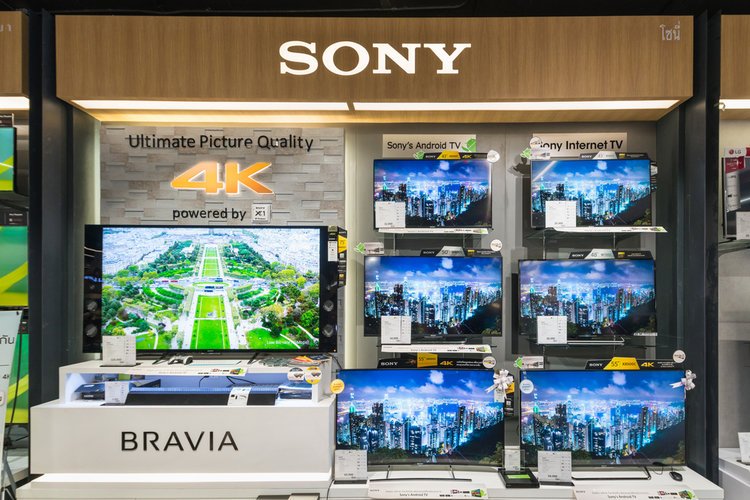
How Long Should a Sony Flat-Screen TV Last?
If used in normal conditions or when not subjected to long hours of playback, a Sony flat-screen TV should last anywhere between five and ten years—at times, more.
How Long Is a Sony TV Warranty?
Most Sony TVs usually come with a one or two-year warranty, covering parts and labor. The exact warranty period will vary with the specific model. There is a doorstep repair or pickup service for most of the models.
If you’d like more years of coverage, you get the option to extend the warranty period by a few years. Get in touch with Sony to discuss your options.
Are Sony and Bravia the Same?
Bravia (or BRAVIA) is a subsidiary brand wholly owned by Sony. It’s short for “Best Resolution Audio Visual Integrated Architecture.” Sony attaches the Bravia moniker to its TVs rather than selling Bravia TVs separately.
All Bravia TV components are made in Sony’s plants. The lifespan, therefore, is similar between a Sony TV and a Sony BRAVIA television.
Although Bravia is not separate from Sony, not all Sony TVs are Bravia televisions. But the LCD ones in North America usually come with the Bravia branding.
Conclusion
Sony TVs and most other modern TVs may not be as repair-friendly as their predecessors, but you cannot deny the quality of materials and effort put in to assemble the TVs.
In other words, if a Sony TV breaks, it could be costly to repair, or a fix may not be feasible. But the TV must have taken some severe beating or endured poor handling to reach that stage.
Under normal circumstances, a Sony TV should last close to a decade. And because most people today do not hold on to the same TV for that long, it’s safe to conclude your Sony TV would last as long as you want it to.
Catherine Tramell has been covering technology as a freelance writer for over a decade. She has been writing for Pointer Clicker for over a year, further expanding her expertise as a tech columnist. Catherine likes spending time with her family and friends and her pastimes are reading books and news articles.

